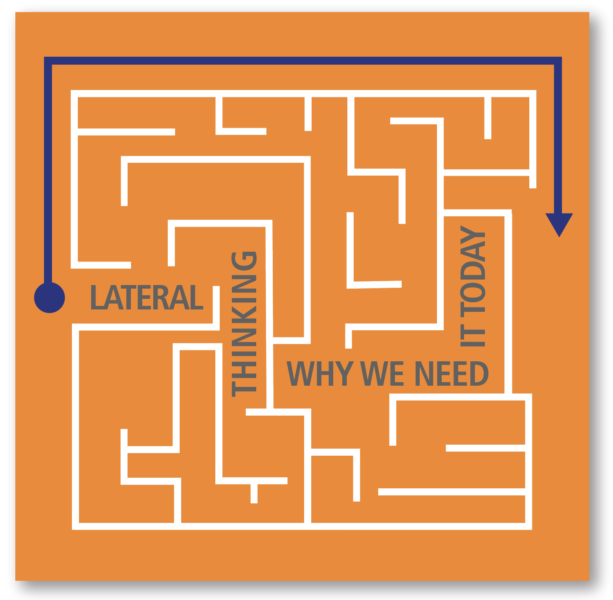In the past technological development replaced physical strength but off late it is replacing the way humans think. The computer algorithms happily take on the repetitive tasks. See the example of the Nutella labelling [https://www.dezeen.com/2017/06/01/algorithm-seven-million-different-jars-nutella-packaging-design] and this was way back in 2017.
With this sort of technological advancement, and more coming our way as we blink our eyes, our ‘designer’ ethos and mind-set will evolve and we will be up against the opportunities and the challenges it will bring with it.
As technology evolves so do we humans, and with it changes what and how we do, what we do. As a design educator always questioning my role in the classroom and that of design education over all, what does this entail? Graduates today will most probably end up working in new ways and in types of jobs and specialties that didn’t even exist when they entered the classroom at start of their academic life.
In the networked economy, there is a very distinct shift from man-power to mind power. The obvious ability to innovate and be creative will be now more relevant than before. We need to cultivate professionals who are excited, motivated, engaged and passionate, now than ever before. We need to create innovators, rule-breakers and game changers. But all this cannot be done if we continue to cater to existing trends and market needs. Education needs to be forward thinking. It needs keep its fingers on the pulse of what is happening but at the same time dictate the future of work. [At some point in my blogs here, I will talk about the focus that Graphic Design education at IVS, Karachi took on, a couple of decades back, with some of us young at the time, and idealistic faculty members, which IMO positively changed the landscape of the field over the course of time and helped evolve into what it is today.]
As I see it, one key thing we can do for our students is to make them ‘better’ thinkers; to make them able to see the world around them and think laterally. The term ‘Lateral Thinking’ was given to us way back in 1967 by Dr. Edward de Bono as an opposite to linear or conventional thought process.
Here are some ways in which we can consciously do that:
- Be process rather than result oriented. Creativity more often is connected to the end result, while lateral thinking is more to do with the process.
- Encourage solid research and then the reconfiguration of the information that is available, creating linkages and connections.
- Force connection between ideas and drawing patterns from them.
- Using sketching not as a drawing skill activity, but a dialectical process with one’s self.
- Reframing the problem; seeing things from varied perspectives.
- Delay judgement and allowing for mistakes at each stage and learn from them as they move ahead.
Ideas is the new currency. We live in an interconnected world, technology has more power to connect than ever before and the possibilities are endless. More than ever the power to think and think laterally is going to be the key to transformation and creating new dynamic opportunities and thought spaces.
We need to make space for this very consciously in our curriculum design. We need to make space for dialogue and practice. We need to look at not just the content and what we teach but how we deliver content, how we assess and evaluate the same. To be able to foster the power of lateral thinking in our students we need to employ the same in our curriculum and course design. Education is not about collecting information but about being able to use that information effectively.

